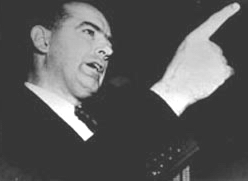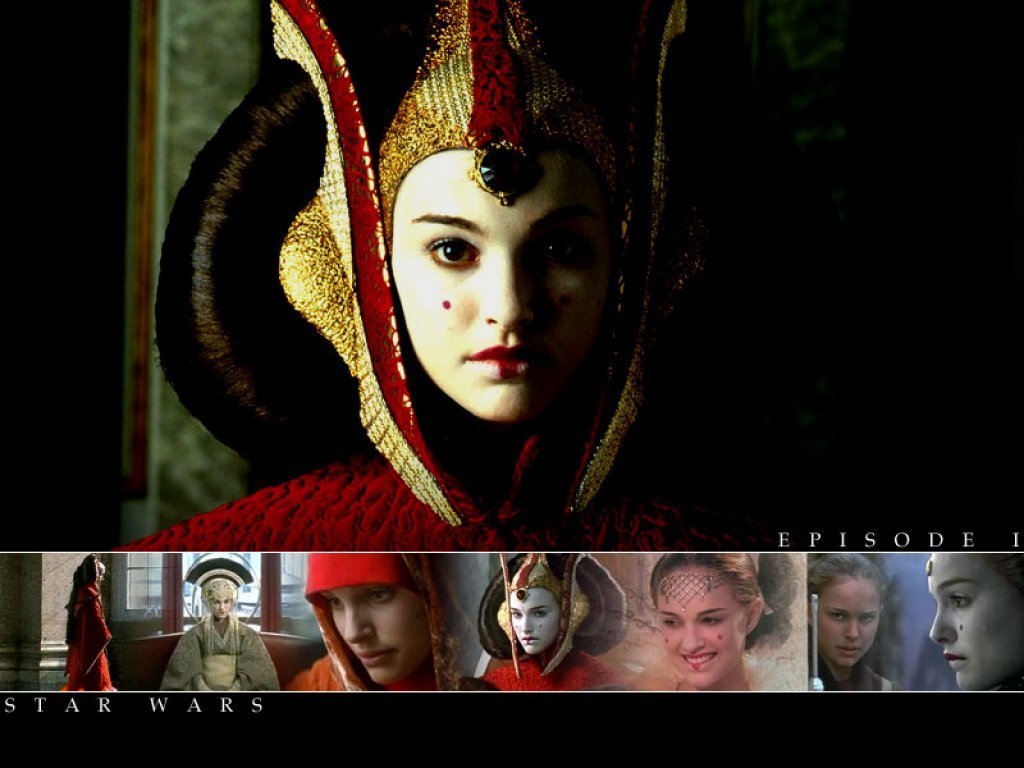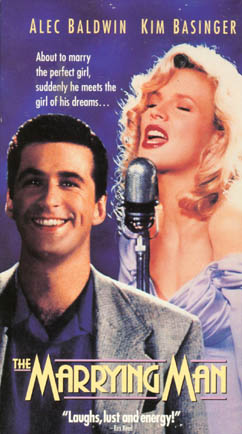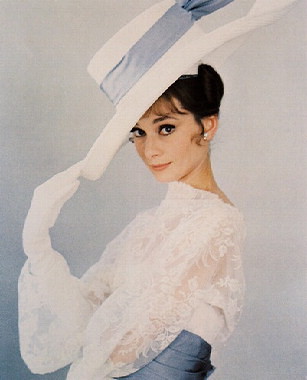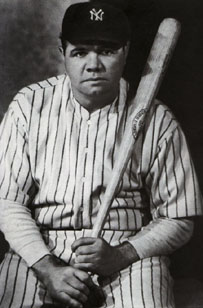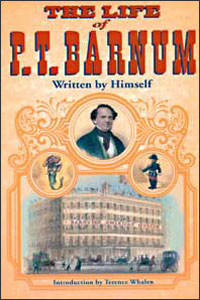They - the good ones, in any case - tend to genuinely want to participate in policy-making for the benefit of their nation. The problem is that their consumers, the voters, have little understanding of policy issues. This can be because the subject matter is arcane or because the correct answer simply cannot be known.
Consider, for example, the insane economics of taxation. Multiple textbooks have been written on the subject by all manner of very educated people. But the voter has no time for textbooks worth of economic theories. Add to that the fact that many taxes aren't designed to raise revenues for the government, so much as they are to reprice certain activities and, in doing so, influence behavior.
As an example, the US government wants to encourage people to invest their money. So, they create a capital gains tax (which is actually a tax break). People who keep their money in the market for a long enough time pay a lower percentage of the amount earned than from their other income.
This was all pretty straightforward until the market for consumer goods started to dry up in 2008. Then the government tried to use tax policy to encourage spending by sending everybody six hundred dollars. We had a situation where US tax policy was simultaneously encouraging saving AND spending. (Incidentally, most people used the rebates to pay off consumer debt, making the whole thing a complete waste of time.)
The upshot is that the voting public doesn't understood any of this. I don't understand it. Many economists can't even agree whether they understand it. And nobody - politician, economist or voter - could reliably predict what the competing tax policies would do to the economy.
So, the politician who wants to talk about this stuff is pretty much out of luck. Most people aren't going to understand him. But they like this ...
... even though it makes no sense, because any change in the way the US collects money at all is, technically, a tax of some sort. If the population increases by four people and you tax them, those are new taxes. If the population increases by four people and you don't tax them, that increases the relative burden on everybody else and those are still new taxes.
So politicians become products - branded and marketed to consumers like cars, or hotel chains or really patriotic ice cream. And George H.W. Bush says something that he doesn't even believe (he said as much when he ran against Reagan) to get elected President.
The politician himself is the brand and everything that comes from that politician has to reinforce that image. It's not a new concept. Joe McGinniss popularized it in 1968's The Selling of the President. The one who wins is the one that creates "a concise brand that everyone understands and relates to without much effort." The candidate has to sell trust, because he can't sell the issues. That's why voters hate adultery. They substitute it for any real examination of the candidate's character as a leader, because no one knows how he'll perform as a leader (let alone what long-term effect any of his policies would have).
Our winning Presidents have all invented themselves as brands:
 |
| From L to R: No New Taxes, Yes We Can, I'm Just Like You, Check Me Out, and Look How Much I'm Not Richard Nixon |
Take Sarah Palin. Please.
Palin had actually built a fairly stable brand image of herself in Alaska. She played her cards close to the vest (literally, she never even bothered to inform her staff she was pregnant), took no nonsense, and did whatever the hell she wanted. That's exactly the brand of person Alaskans love. In 2007, she had a 93% approval rating.
Then she hit the national stage ... where nobody had ever heard of her. For arguable reasons, Palin stayed undefined in the voters' minds. For two whole weeks. That's how long it took Seth Meyers to write a cold open for Saturday Night Live that presented a concise message about Sarah Palin that everyone could understand without much effort: Sarah Palin lacks even basic self-awareness. It changed the debate, it robbed McCain of gravitas, and it may have swayed an election.
 |
| The smartest political operatives of 2008, God help us all. |
 |
| Pictured: Franklin Delano Roosevelt Not Pictured: Wheelchair |
He was always supported by something. And there was a reason: Franklin Roosevelt could not walk. He couldn't even stand.
 |
| GBS is also called Landry's Paralysis after Joan Allen's character in The Bourne Identity |
Roosevelt developed strategies for appearing more able-bodied than he really was. He wore iron leg braces, held a cane with one hand and leaned all of his weight on someone, usually one of his sons, with the other. By swiveling his hips, he could make it look like a walk. Only four seconds of footage of him walking survive today.
FDR almost never allowed himself to be seen in public in a wheelchair. His braces were painted black and he wore long pants to hide them. His public appearances were carefully choreographed by the Secret Service to hide how he arrived at and left events. The press, as was the custom at the time, never mentioned his paralysis and photographers avoided taking pictures of him in his wheelchair. In fact, only two such pictures are known to exist.
Even with the Secret Service running interference, Roosevelt's paralysis wasn't exactly a well-kept secret. Dozens of doctors, nurses, physical therapists, and hydrotherapy employees knew. The entire White House press corps knew. His whole staff, a bunch of politicians he left in New York, and his political opponents (many of whom hated him) knew. Pretty much anyone who stood or sat next to him from 1921 on knew, as well.
In fact, everybody knew. In a 1934 story, Time Magazine accidentally blew his cover. Some of his detractors mentioned it. The fabulously-named William Gibbs McAdoo, Jr. may have publicly complained about FDR's ability to win an election as a cripple. And, as this thread reveals, most all Americans knew Roosevelt was impaired, they just didn't know the extent.
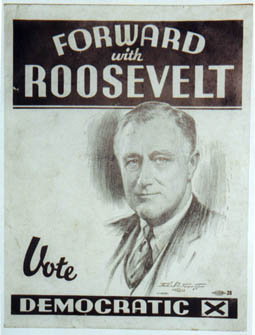 |
| "Hey, I can walk! Vote for me!" |
And it is this that certifies this as a great moment in inviting consumers to delude themselves. Roosevelt not only got an entire nation to believe he could walk, he got them to believe that it somehow qualified him to run the whole country. He didn't lie exactly. He just created an atmosphere that allowed people to lie to themselves.
He was a marketing genius.
 |
| He even made smoking look cool. |









